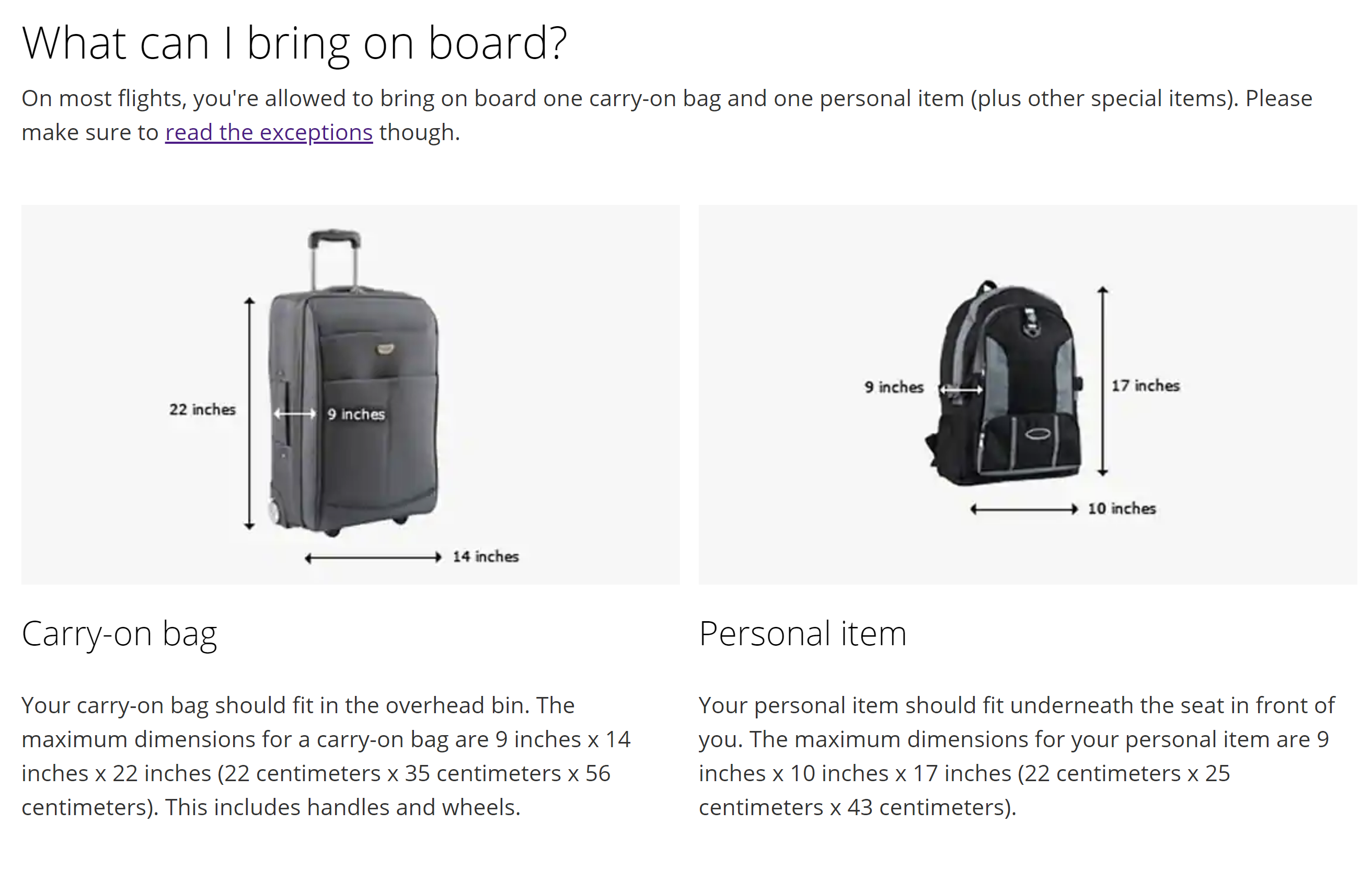
To Bring or Not To Bring? (Packing and Baggage Info)
I think it’s safe to say that with four weeks down into the semester away in a country that’s far too distant to contemplate dropping by home for the weekend (which I used to do pretty often back on my home campus), I have a pretty good understanding of what is (or would have been) a good idea to pack. I say this partially in kudos to myself for some of the decisions I made when packing, as well as in retrospect for what I could have done without. Here are just a few things that looking back now could have saved a lot of time and space.
— PACKING —
You know what’s one thing you definitely shouldn’t do? Pack the day before your flight. Can you guess what I ended up doing? Packing the day before my flight (or just two to three days before). I mean the fact that I did and still am here getting by with what I brought is a good indication that it’s doable, but I do not recommend it. To start, packing the day before, or starting-starting only the Wednesday before your Saturday flight will only leave you in panic mode scrambling around for things that you could have gotten in advance, such as small things that you didn’t realize you might need like an emergency flashlight, batteries, or a mini-bag to store your carry-on travel material. Not a great situation to be in, but that’s why you’re here in advance right? I’ll continue.
As a first piece of advice, you want to start slowly gathering things weeks in advance, or at least be conscious about what you will need. If you’ve never flown, you can find free packing lists available online that give you an idea of what to bring. What you should bring will depend on where you’re going, so research your country and recommended attire for the weather. Maybe you don’t need 10 pairs of pants, or maybe you do – it’s a case by case basis, but also think of what you wear daily back home to set the benchmark. Be realistic and don’t overpack, it’ll add unnecessary weight and you might need that extra space for souvenirs and other items you will buy while away. Trust me – you will end up buying a lot more than you think (or usually that is the case as I am told and am currently seeing with what I’ve already gathered for taking home).
— BAGGAGE ON AIRLINES —
With regard to weight and space, and especially for first time flyers like me, make sure you’re aware in advance of your airline weight and baggage restrictions. Most airlines allow one free-of charge carry-on bag (like a small luggage or duffel bag) and a personal item (think High Sierra back-pack) to have with you while on the plane (hence the name carry-on). As I’ve learned, in most cases than not, you will have to pay for checked bags (the ones taken from you to board), and most only allow up to three, but I don’t recommend three as it is hard enough to carry two on your own. Depending on the airline, you can pay for these in advance online making it a bit cheaper (~$40 for each, but rates do vary by location and airline). I also recommend researching what certain bag sizes can look like. To clarify, have an idea of what a 50 lb bag looks like and don’t make the mistake of carrying a bag smaller than you could have. For example, a 50 lb bag can go up to your waist (or hip if you’re tall) and be easier to carry than two small <30 lb bags that you otherwise have to constantly yank around at the airport – not fun. Also, know what you are allowed to carry within your checked bags to avoid any issues at customs. As a final piece of advice, try reaching out to past or incoming students (from your program or school) to have an idea of what packing was like for them, this could be very helpful.
— SUMMARY —
Ultimately my biggest summed up piece of advice: research and prepare in advance. Don’t give yourself any more unnecessary adrenaline rush the day before– unless that works for you, in which case, impressive.
Image 1: United Airlines Carry-on requirements
Image 2: Plane view

